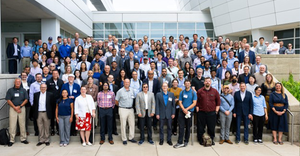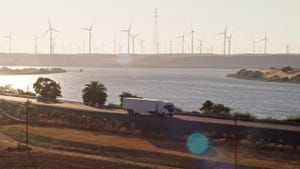Conservation Challenge and Canada's Trash Top RCRA Agenda
October 1, 2003
Leslie Harrison
AT THE 2003 RESOURCE Conservation and Recovery Act (RCRA) national meeting, held Aug. 12 to 15 in Washington, D.C., the U.S. Environmental Protection Agency (EPA) emphasized the goals of its Resource Conservation Challenge to increase the national recycling rate from 30 percent to 35 percent; cut the generation of 30 harmful chemicals by 2005; and help change consumer and manufacturing behaviors so that less waste is produced and more waste is recovered.
The four-day meeting also included session topics, such as a look at hazardous waste import and export; Hudson River cleanup; energy for the future; converting landfills to clean energy generation stations; and cell phone and beverage container industry recycling responsibility.
Canada received special attention at the conference, as well. The U.S.' northern neighbor has been making headlines this year for its trash imports, and especially when a hazardous waste shipment bound for Michigan sprung a leak. However, meeting attendees learned that Canada's waste shipments into the United States are protected by the U.S. Constitution, says Chaz Miller, programs director for the Environmental Industry Associations (EIA), Washington, D.C. Miller adds the session concluded that although Michigan may want no part in handling incoming waste, the state exports as much trash as it imports.
Industry authorities have offered no word yet on when the Research, Demonstration and Development (RD&D) rule of Subtitle D will be signed into effect, which also was discussed at the conference. If admitted, the RD&D rule would allow states to waive certain aspects of Subtitle D regulations to encourage research and development, according to John Skinner, executive director and CEO of the Solid Waste Association of North America (SWANA), Silver Spring, Md.
You May Also Like


